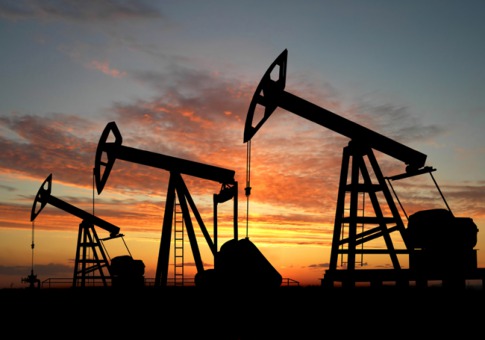 The US holds more oil reserves than Saudi Arabia and Russia, the first time it has surpassed those held by the world’s biggest exporting nations, according to a new study.
The US holds more oil reserves than Saudi Arabia and Russia, the first time it has surpassed those held by the world’s biggest exporting nations, according to a new study.
Rystad Energy estimates recoverable oil in the US from existing fields, discoveries and yet undiscovered areas amounts to 264bn barrels. The figure surpasses Saudi Arabia’s 212bn and Russia’s 256bn in reserves.
The analysis of 60,000 fields worldwide, conducted over a three-year period by the Oslo-based group, shows total global oil reserves at 2.1tn barrels. This is 70 times the current production rate of about 30bn barrels of crude oil a year, Rystad Energy said on Monday.
Recoverable reserves — those barrels that are technologically and economically feasible to extract — are analysed by the energy industry to determine company valuations and the long-term health of an oil-producing nation’s economy.
Conventional oil producers, such as Saudi Arabia, have traditionally used their huge resource riches to wield power globally, particularly among big consumer countries such as the US.
This relationship has been disrupted in recent years by hydraulic fracturing and other new technologies that have helped the US unlock vast reserves and enabled it to become more energy independent.
“There is little potential for future surprises in many other countries, but in the US there is,” said Per Magnus Nysveen, analyst at Rystad Energy, noting recent discoveries in the Permian Basin in Texas and New Mexico, which is the nation’s most prolific oil producing area. “Three years ago the US was behind Russia, Canada and Saudi Arabia.”
More than half of the US’s remaining oil reserves are in unconventional shale oil, Rystad Energy data show. Texas alone holds more than 60bn barrels of shale oil.
Other global oil reserves data, like the closely watched BP Statistical Review that is based on official reporting from national authorities, show the US still ranks behind countries such as Saudi Arabia, Russia, Canada, Iraq, Venezuela and Kuwait.
Rystad Energy said government data across the world are collected using a range of metrics that are often opaque. Many countries’ numbers often include yet undiscovered oil.
While the reserves numbers are crucial, the cost of production is just as vital, said Richard Mallinson at London-based consultancy Energy Aspects.
“Reserves numbers matter but lots of other factors also determine short and long term returns from what the oil companies and nations hold,” said Mr Mallinson. “The rise in prominence of the US doesn’t diminish the role of Saudi Arabia or Russia, which have some of the cheapest to produce oil in the world.”
Opec nations, led by Saudi Arabia, have over the past two years allowed oil prices to fall to ensure their long-term market share is secured over higher cost producers.
Although US shale oil has become more economical to produce — costs have halved over the past two years to below $40 a barrel in some instances — Saudi Arabia and other Middle Eastern producers still pump oil for less than $10 a barrel.
“There is a sweet spot for conventional producers in Opec. They want prices high enough to generate solid revenues to fund social spending in their countries, but not high enough to make too much expensive oil economically feasible,” added Mr Mallinson.
The US shale boom was a factor behind the recent oil price collapse that toppled the Brent crude benchmark from a mid-2014 high of $115 a barrel to below $30 earlier this year.
Financial Times
Leave a Reply
You must be logged in to post a comment.